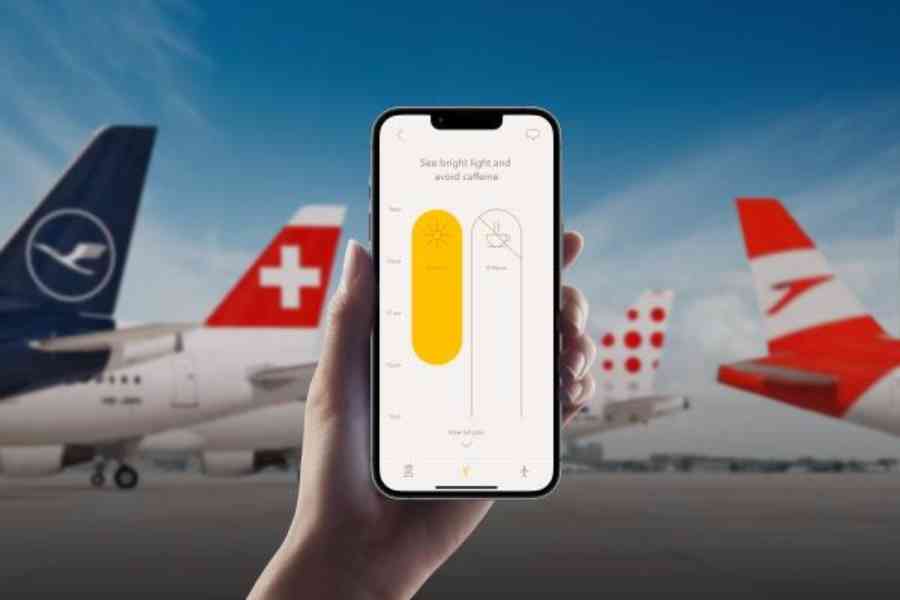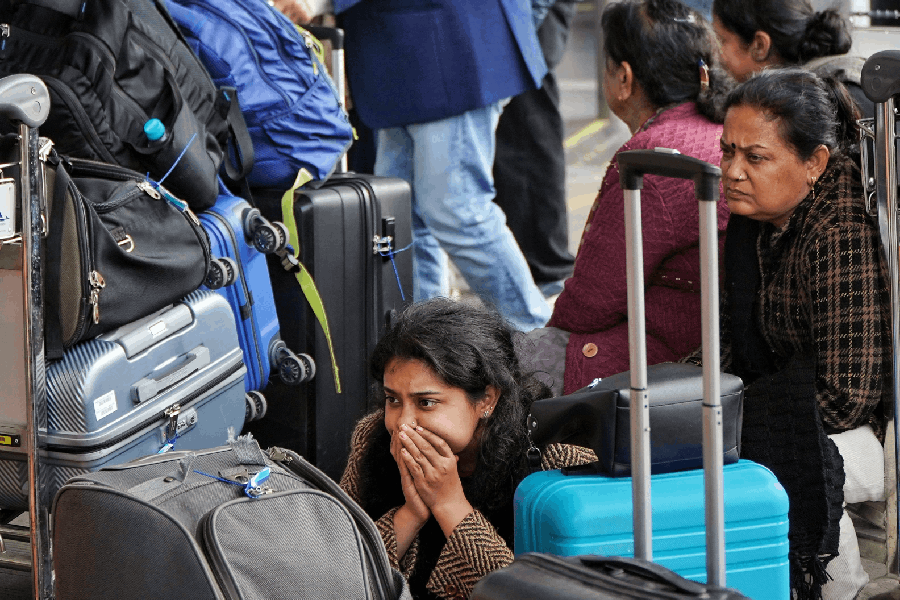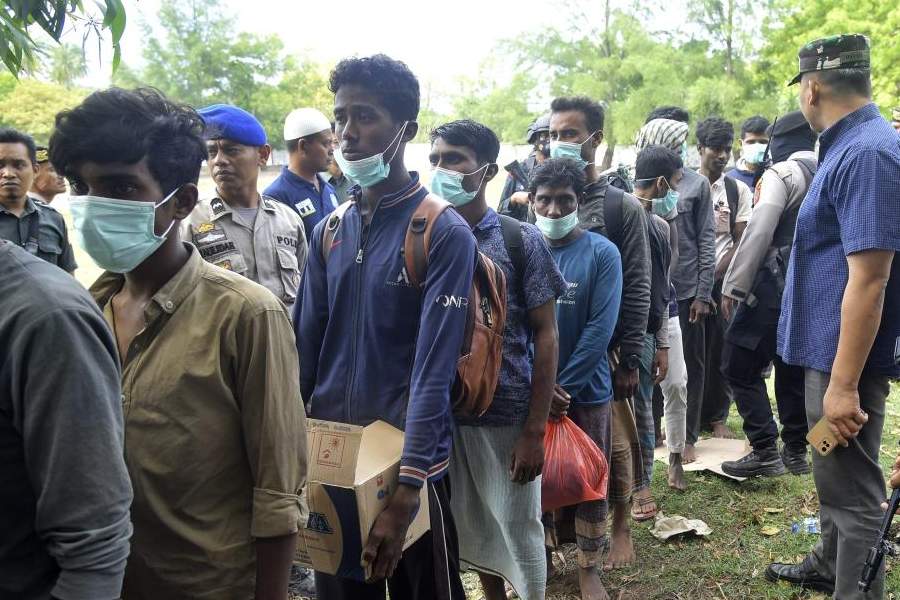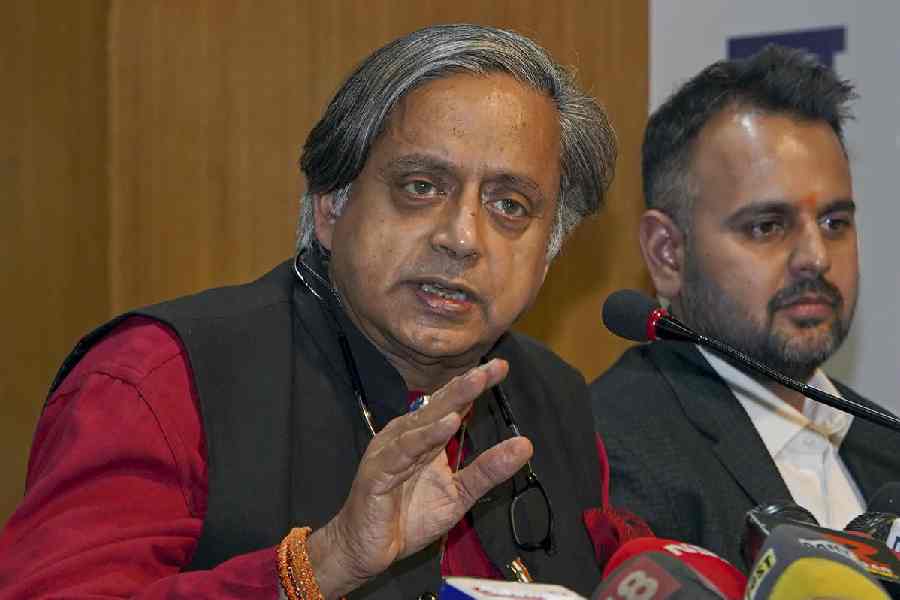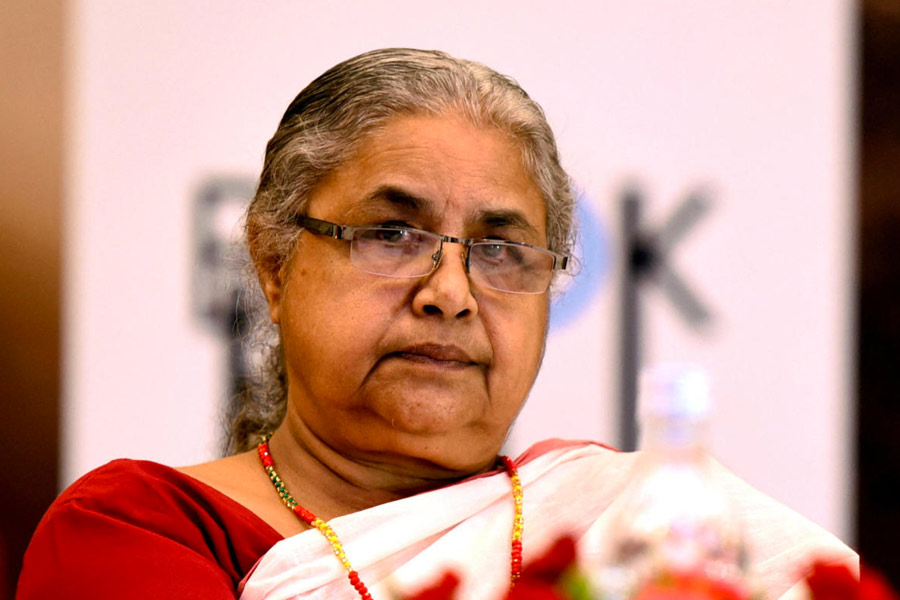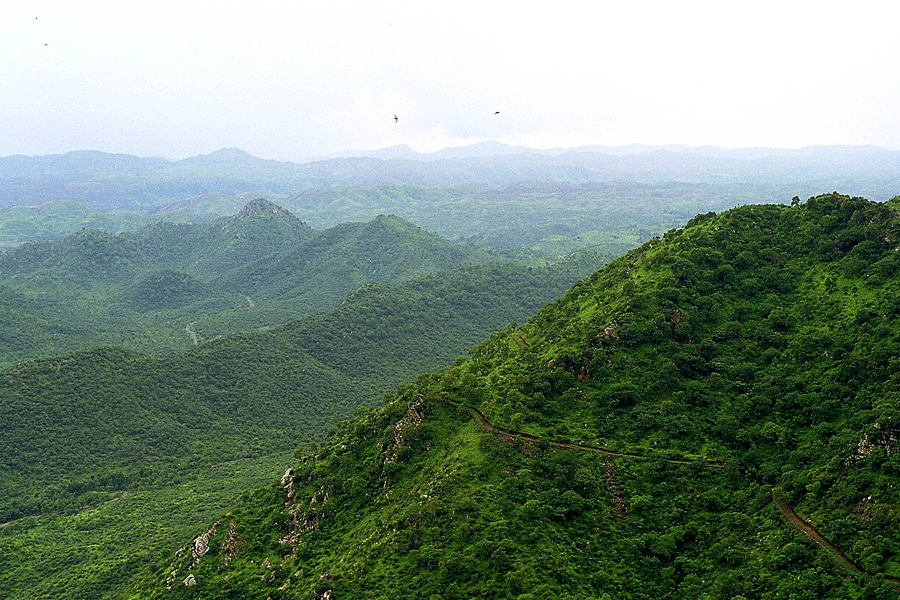Nothing undermines the joy of travel quite like a bad case of jet lag. That’s why an entire industry has popped up to help deal with it, hawking solutions like light therapy glasses, targeted supplements, apps and coaching.
But do any of them actually work? I put two popular methods to the test on a two-week journey to Asia in May. I flew from New York City, where I live, to Seoul, South Korea, and Taipei, Taiwan — a difference that is literally night and day — and then back home.
The two apps to which I ceded control of my daily rhythms are Flykitt and Timeshifter. Both rely on circadian science, the study of the body’s internal clocks. The central clock is in the brain and follows a roughly 24-hour cycle.
Many mental, physical and behavioural changes in the body, such as hormone release, and sleeping and waking, are influenced by the circadian clock. Jet lag happens when the body clock falls out of sync with the local time, resulting in poor digestion, foggier focus, and interrupted sleep.
Many sleep experts said light exposure is the key to shifting the body’s internal clock. Long-haul journeys across multiple time zones present a challenge: Seoul was 13 hours ahead of New York and Taipei was 12 hours ahead. For most, it’s harder to move your sleep time earlier than it is to delay sleep.
Test No. 1: Flykitt
First up, for the New York-to-Seoul trip, was Flykitt. Its starter pack, $99 for a round trip, includes glasses that filter blue light to minimise light exposure and packs of supplements meant to target inflammation. The programme, which promised to curb jet lag in just three days, began on departure day. I put my flight details into the app and answered a few questions about my caffeine intake and sleep patterns, and the app promptly churned out a detailed schedule.
On the 15-hour nonstop flight to Seoul, the programme recommended only a three-hour nap, so I barely slept. Instead, I diligently studied my schedule, donned my special glasses, ate meals and took vitamins every few hours. The patented supplement protocol included vitamins B6, B12 and C; magnesium glycinate; melatonin and omega-3.
Andrew Herr, who founded Flykitt in 2022 and previously worked as a military contractor researching human performance, said he believed data shows that inflammation is a “key piece” of jet lag and that it’s “exacerbated by the the disruptive sleep you get during travel”.
Popping handfuls of pills was novel and funny, until it wasn’t. The regimen had me taking about three dozen vitamins over three days, starting on the day of the flight.
I also experienced intense thirst. I couldn’t be sure, but I suspected the vitamins were to blame. While I wouldn’t say my jet lag was zapped by Day 3, I slept well and felt energised. I felt fully adjusted after five days, shortly before flying to Taiwan. Flykitt’s app told me that unassisted, this time zone alignment would generally take a week.
Test No. 2: Timeshifter
After a week in Taipei, I returned to New York using Timeshifter’s guidance. This app was cheaper than Flykitt. No blue-light glasses. Recommended supplement melatonin, which I was to take for my first four nights back home.
While Flykitt instructed me when to avoid light, Timeshifter alerted me about times to seek it out. When I couldn’t be outside, I turned on as many lights as I could. Standard room light is about half as effective as daylight.
The weeklong programme featured a preflight shift two days before my return. This meant seeing light several hours before sleeping, as well as gradually pushing my sleep and wake times later, which wasn’t practical in my final days in Taipei. I didn’t want to sleep until 10am on my last day when I could be crushing soup dumplings instead.
On my evening return flight from Taiwan, the app advised acclimating to New York’s time zone, where it was daytime, by drinking caffeinated beverages deep into the night. It suggested napping, which I found to be conflicting advice. Back home, the regimen of light at night and melatonin to assist with sleep continued for several more days. Staying up when I was exhausted was painful without the adrenaline of being somewhere new.
It took me about five days to get back to normal.
Bottom line: Neither programme markedly shaved time off my jet lag, but I did feel more clearheaded during and after my trip and I didn’t get sick. Perhaps the biggest benefit the apps offered was confidence.
NYTNS

